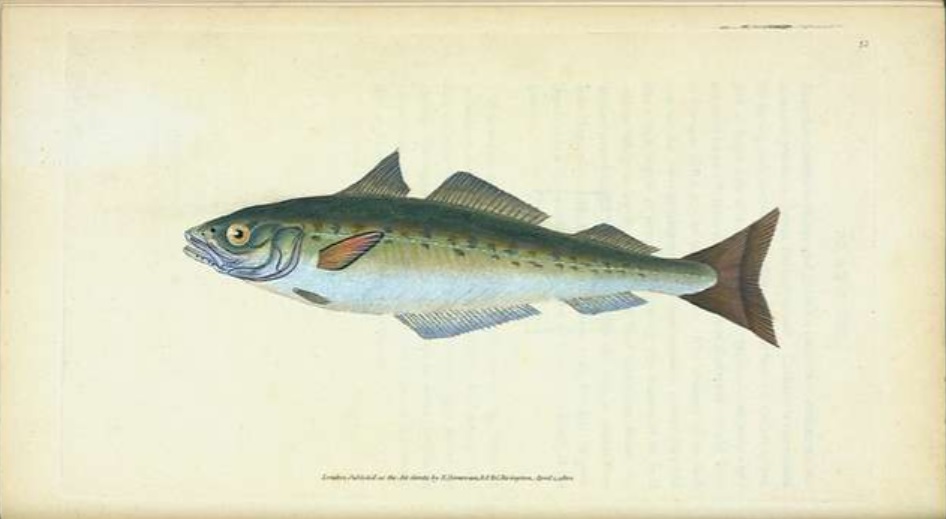SCORES & OUTDOORS: Photographs are probably wolves in Maine’s north woods
 by Roland D. Hallee
by Roland D. Hallee
This week, I’m going to give up my space to a China resident. In the past we have done articles on wolves in Maine with mixed reactions. Some people believing there are wolves in Maine, and some others saying no.
John Glowa, of China, is a member of the Maine Wolf Coalition, Inc., and has advocated for wolves in the past. The following is a press release from Glowa:
In 1993, a young female wolf was killed by a bear hunter north of Moosehead Lake. In 1996, a second wolf was killed by a trapper east of Bangor. Since then, there have been many sightings of possible wolves in Maine.
In 2019, in response to the failure/refusal of the state and federal governments to assess the status of wolves in the northeast, the Maine Wolf Coalition (MWC) began a search for wolves in Maine. Due to the proximity of wolves in Canada, and the abundant habitat and prey in the northeast U.S., wolves are attempting to recolonize the northeast. Unfortunately, widespread killing of large canids by hunters and trappers in the U.S. and Canada is likely preventing or hindering their natural recovery in Maine.
In 2019, MWC documented the first live Eastern wolf in Maine through its scat. In 2021, MWC set out trail cameras to attempt to photograph wolves. Two of the cameras were placed where the wolf scat was found. These two cameras photographed at least two adult animals. A third was placed in another area where we previously found large canid scat which could not be analyzed. This camera photographed a litter of up to seven canid pups.
Here is a link to the video which is a compilation of photos. They show at least two wolf-like adults. They are very different in appearance, possibly owing to the fact that Maine may have both gray and Eastern wolves and hybrids of both. The morphology of these animals shows the wide variation in wolves and wolflike canids. Wolves in Maine may range in size from less than 50 pounds to more than 100 pounds and they may vary in color from white to black and various shades of brown and gray.
We continue to maintain trail cameras and collect canid scat in Maine’s north woods. Given the information we have gathered to date, we would like to see the state and federal governments and universities/colleges conduct similar research to further assess the status of wolves in Maine including whether or not there is a breeding population. Unfortunately, the federal government recently removed federal protection for wolves in Maine and elsewhere, in part due to their unfounded claims that Maine has no wolves. In addition, the Maine Department of Inland Fisheries and Wildlife refused to close a relatively small portion of Maine’s woods to coyote trapping to protect possible wolves and the Province of Québec allows wolves to be killed legally to the Maine border.
The Maine Wolf Coalition, Inc. is a non-profit 501c3 Maine corporation dedicated to wolf recovery in Maine through research, education and protection. For more information, contact John Glowa at 207-660-3801 or at jglowa@roadrunner.com.
Roland’s trivia question of the week:
What manager led the Boston Red Sox to their first championship in 86 years in 2004?
















